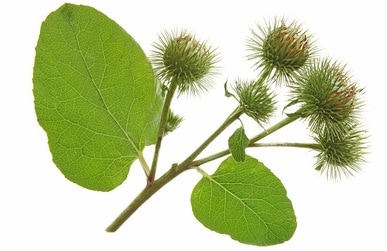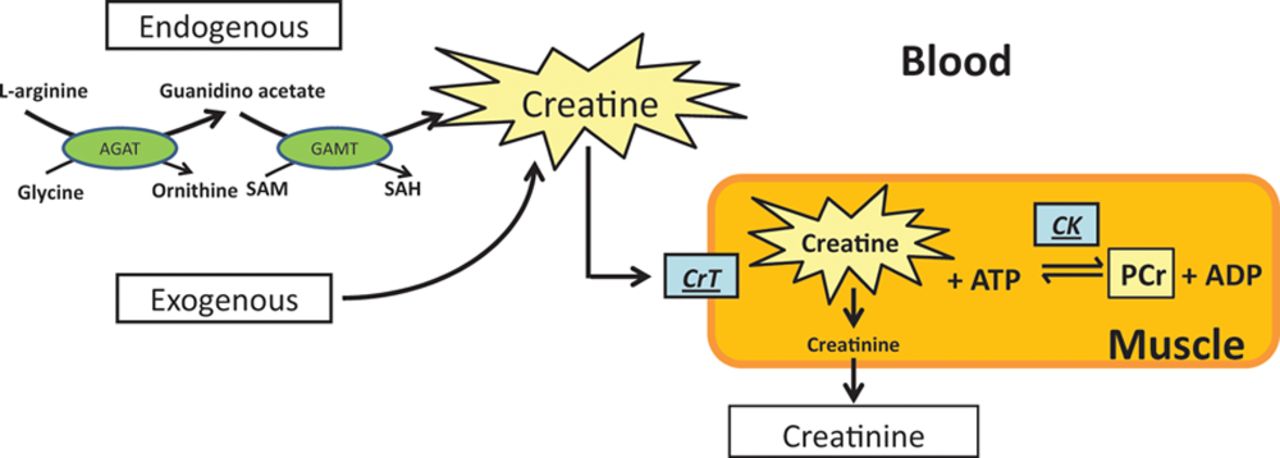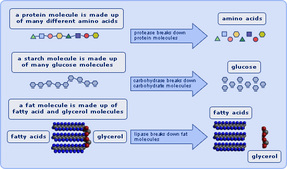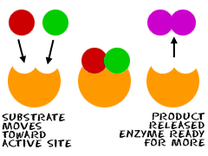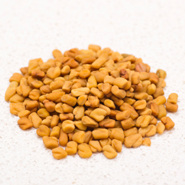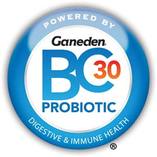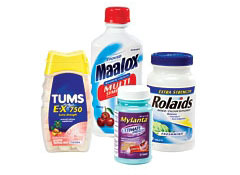
In addition to antacids, there are several types of nonprescription acid reducers on the market. Examples include H2 blockers (such as nizatidine (Axid), famotidine (Pepcid, Pepcid AC), cimetidine (Tagamet, Tagamet HB) and ranitidine (Zantac), and proton pump inhibitors (such as omeprazole (Prilosec), lansopraole (Prevacid), pantoprazole (Nolpaza), and esomeprasole (Nexium).

